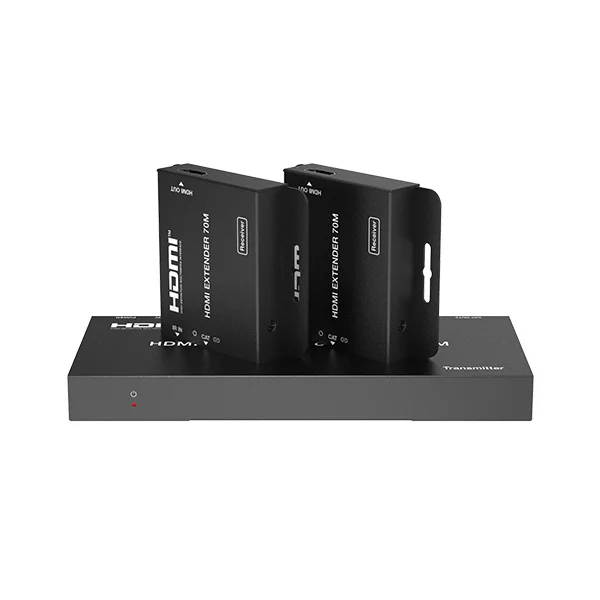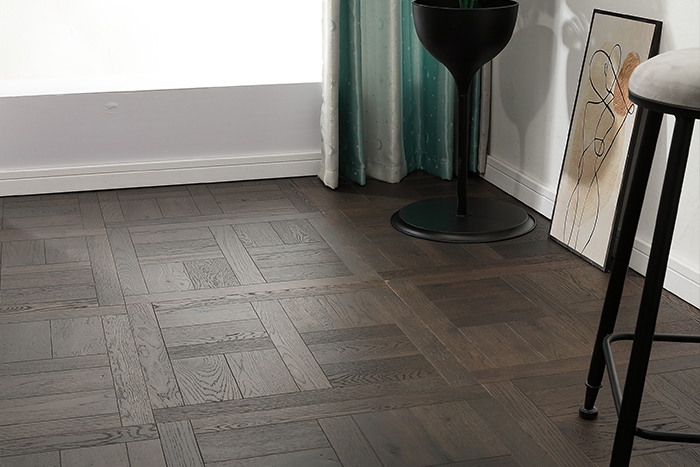In the quest for affordable warmth during the chilly winter months, many homeowners and renters turn to electric heaters as a swift and effective solution. But with a myriad of heater types available, each promising efficiency and cost-effectiveness, navigating the market can be a daunting task. The question on everyone's lips: What is the cheapest type of heater to run on electricity? To demystify this inquiry, let's delve into a comprehensive analysis that considers energy consumption, operational costs, and practicality.
Understanding the Fundamentals: Types of Electric Heaters
Before we crown a winner, it's crucial to familiarize ourselves with the primary types of electric heaters:
- Convection Heaters: These work by heating air directly, which then circulates around the room. They're generally inexpensive to purchase but can be slow to warm up large spaces.
- Radiant Heaters: These emit heat in the form of infrared radiation, warming objects directly rather than the air. They're ideal for spot heating small areas but may not be as efficient for larger rooms.
- Ceramic Heaters: Combining convection and radiant heating, ceramic heaters use ceramic elements that heat up quickly and distribute warmth efficiently. They often come with fan settings for additional warmth dissemination.
- Oil-Filled Radiators: These heaters use diathermic oil, which retains heat well after the heater is turned off. They provide consistent warmth and are excellent for long-term heating needs.
- Panel Heaters: Designed to be mounted on walls, panel heaters use convection to warm a room. They're often equipped with thermostats for precise temperature control.
Assessing Efficiency: The Cost Factor
To determine the cheapest type of heater to run on electricity, we need to evaluate their energy consumption and operational costs. This involves looking at wattage, running time, and the cost of electricity in your area.
- Wattage: The higher the wattage, the more energy the heater consumes. For instance, a 1500W heater will use more power than a 1000W one.
- Running Time: The longer the heater operates, the higher the electricity bill. Efficient heaters should warm a space quickly and maintain a consistent temperature to minimize running time.
- Electricity Cost: Prices vary by region and supplier. Typically, the cost per kWh (kilowatt-hour) is used to calculate electricity bills.
The Cheapest Type of Electric Heater: Breakdown
After thorough analysis, ceramic heaters often emerge as the most cost-effective option for most scenarios. Here’s why:
- Efficiency: Ceramic heaters combine the benefits of convection and radiant heating, providing fast warm-up times and effective heat distribution. This dual-mode operation means they can warm a room quickly while maintaining energy efficiency.
- Adjustability: Many ceramic heaters come with adjustable settings, including fan speeds and temperature controls. This flexibility allows users to customize their heating experience, optimizing energy usage based on individual needs.
- Affordability: Ceramic heaters tend to be priced competitively, offering a good balance between initial cost and long-term operational savings.
- Safety Features: Advanced models include safety features like overheat protection and tip-over switches, adding peace of mind without significantly increasing the price.
Practical Considerations
While ceramic heaters shine in terms of cost-effectiveness, other factors play a role in choosing the right heater:
- Room Size: A small ceramic heater might suffice for a bedroom but might struggle to heat a large living room. Assess your space and choose a heater with appropriate power output.
- Insulation: Well-insulated rooms retain heat better, reducing the need for constant heating. Ensure your home is properly insulated to maximize heater efficiency.
- Usage Patterns: If you only need heating for short periods or specific areas, consider portable heaters that can be moved around as needed.
Conclusion: Embracing Cost-Effective Warmth
In the quest for the cheapest type of heater to run on electricity, ceramic heaters stand out due to their efficient heating mechanisms, adjustable settings, and competitive pricing. However, the best choice ultimately depends on your specific needs, including room size, insulation, and usage patterns. By understanding these factors and selecting a heater that aligns with them, you can enjoy warm, cozy winters without breaking the bank.

